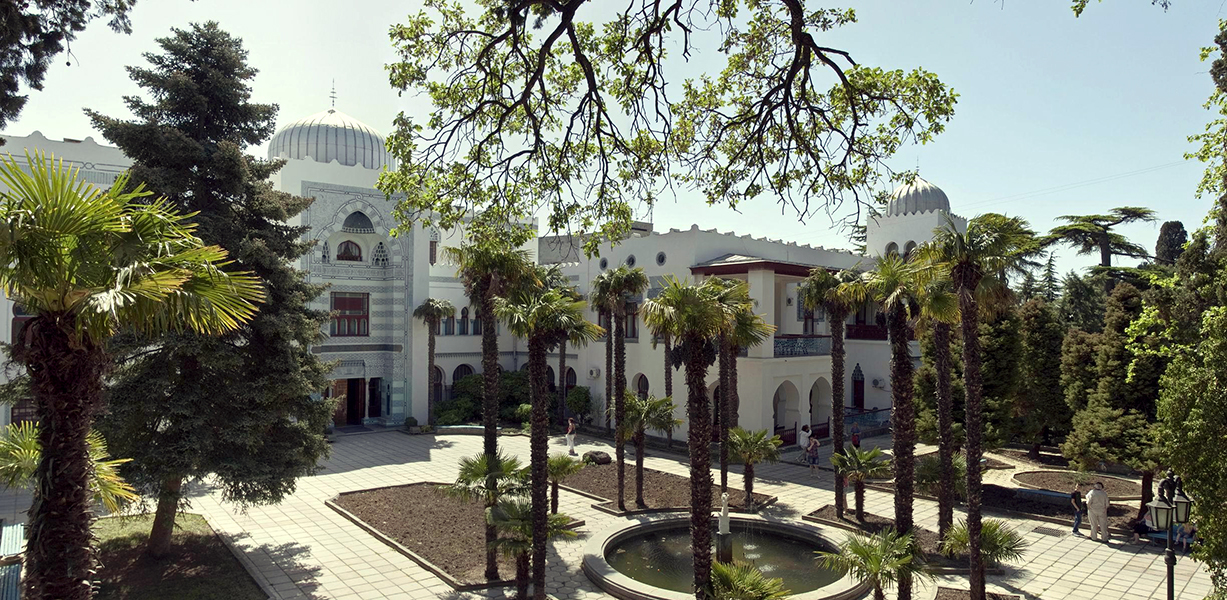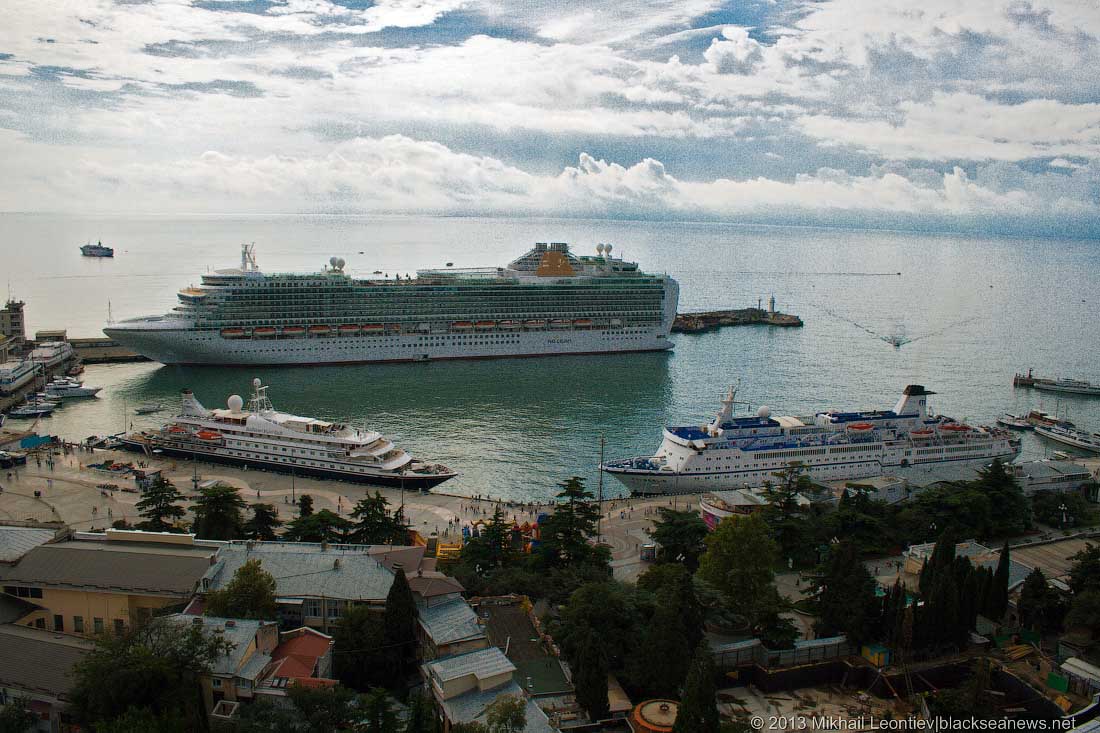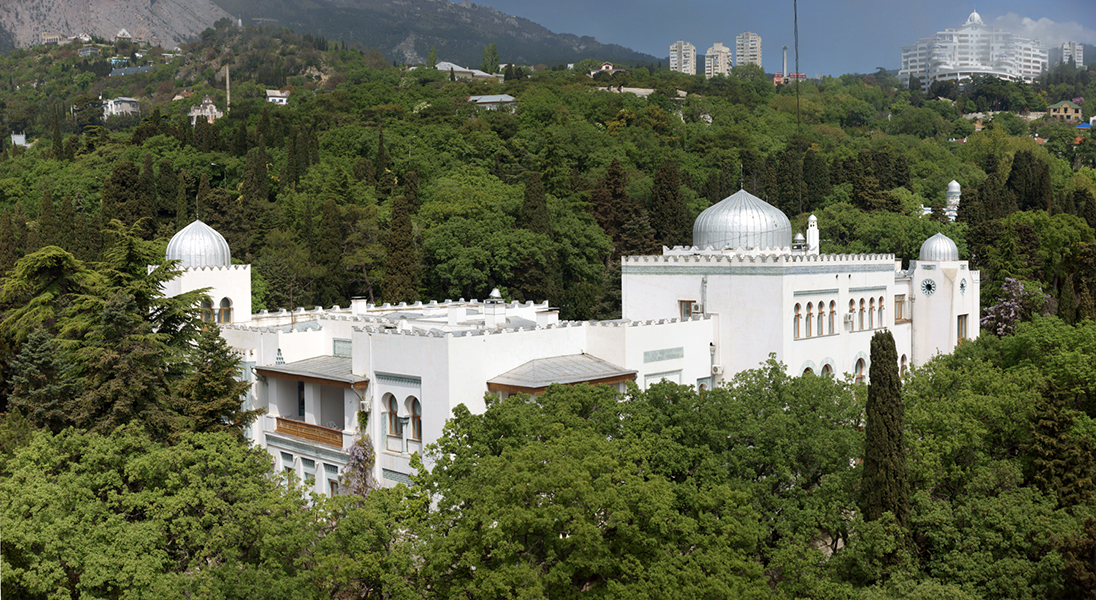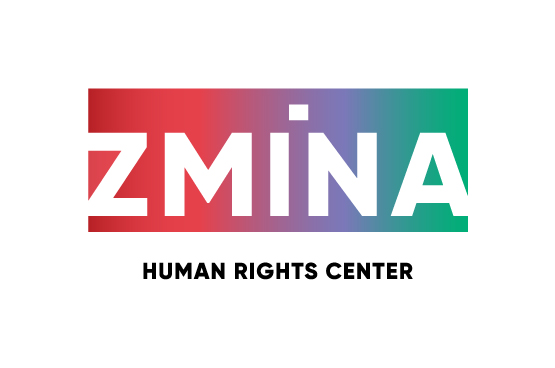The Occupied Crimean Tourism

The Monitoring Group of BlackSeaNews
and the Black Sea Institute of Strategic Studies
presents an updated series of articles
«The Socio-Economic Situation in Occupied Crimea in 2014 – 2020»:
Back in the USSR. The Reverse Restructuring of the Crimean Economy
The "Trophy Economy". Militarization as a Factor of Industrial Growth
The "Trophy Economy". The Development of the Stolen Ukrainian Black Sea Shelf
The Commercial Exploitation of Marine Biological Resources
The Crimean "Trophy Economy". The Sale of Ukrainian Property
Occupied Crimea. Exports and Imports in 2014-2020
The Banking System and Investment in Crimea: What is Really Happening on the Occupied Peninsula
Water in Occupied Crimea: No Catastrophe. Just a 50-Year Step Backwards
The Crimean Budget. Small Business. Salaries and Pensions
* * *
As of early 2014, the Crimean tourism sector was on the rise and was undoubtedly a leading industry on the peninsula.
Starting with 2010, the tourist flow reached a stable level of 5-6 million visitors per year, including 1-1.2 million people staying at health retreats and holiday centres (with the average length of stay of 12 days), which corresponded to the actual competitiveness of Crimean resorts in the regional Black Sea/ Mediterranean market.
In 2010, for the first time, tourism was officially identified as a top priority in the peninsula's development strategy.
In 2010-2013, with the support from the EU, Crimea implemented a policy of diversifying its tourist flows attempting to increase the proportion of the EU and Asian tourists in the total flow.
- An important success marker was the fact that Crimea had become a major centre for the international cruise tourism in the Black Sea: in 2013, 187 foreign cruise liners carrying a total of about 105 thousand passengers called at the ports of the Crimean Peninsula. These were the record figures not only for the period of Ukrainian independence but also for the entire Crimean history. The anticipated growth for 2014 was 70-80%.
- As a result, as of early 2014, the tourism sector of Crimea together with the related service industries generated no less than 25% of the consolidated budget revenues of the Autonomous Republic of Crimea, i.e. of the total amount of tax revenues collected in Crimea.
- At the same time, the three main regions with resort mono-economies, which received over 75% of all tourists, namely Yalta (38%), Alushta (19%) and Yevpatoriia (19%), accounted for more than 20% of the Crimean consolidated budget revenues.

After the occupation and ensuing militarization of the peninsula, tourism ceased to be a priority industry of the Crimean economy in terms of budget and investment.
Under sanctions, Crimea has become a resort for Russian tourists only. However, the qualitative composition of the tourist flow from Russia has undergone significant changes.
- Before the occupation, most Russian tourists vacationing in Crimea, whose proportion reached up to 22% of the total flow or 1.2-1.5 million people a year, were middle- and high-income people. They mostly stayed in expensive hotels and mini-hotels and used high-end tourist services.
- By contrast, in 2014-2019, mostly low-income tourists from Russia, who couldn’t afford higher-end tourist services, used state-subsidized vouchers for staying at inexpensive health retreats in occupied Crimea. In addition to those, the personnel of numerous Russian military and security services were sent to vacation at the Crimean health retreats owned by the Ukrainian Ministry of Defence, the SBU, the State Border Service of Ukraine, the State Fiscal Service of Ukraine, the State Management of Affairs of the President of Ukraine, the Verkhovna Rada of Ukraine that had become military trophies of the respective agencies of the occupying power.
As a result of the occupation, the tourist logistics has radically changed.
- Before the occupation, in the 2000s, Crimea for a long time had the consistent distribution of tourist transport flows: 67% of tourists arrived by rail, 20% – by car, and 13% – by air.
- According to the puppet government of Crimea, in 2015-2017, 45% of the total number of visitors arrived by air, 41% – by ferry crossings, and 14% – by car.
- On 15 May 2018, the motorway part of the Kerch bridge became operational, on 25 December 2019 – the railway part for passenger transport, and on 30 June 2020 – the one for freight traffic;
- This has led to further changes in logistics. In 2020, 70% of visitors came to occupied Crimea by road, 25% – by air, and 5% – by rail.
In 2020, due to the coronavirus quarantine restrictions, the summer holiday season started in earnest only on 1 July after an almost three-month ban on receiving guests at hotels and health retreats.
It should be kept in mind, however, that the official estimates of the current number of tourists in Crimea provided by the occupation government are merely a propaganda tool and are overstated by a factor of 2 or 3.
The figures published by the occupation authorities over the last 2 years (6-8 million tourists a year) are in reality the figures for passenger traffic. They include all people entering the peninsula, including the unregistered population of 0.8-1.0 million people who have de-facto moved to Crimea from the RF and can travel to Russia and back several times a year (see The Replacement of the Population of Crimea section). The number of nights spent in tourist facilities is not published. Moreover, as it has been mentioned above, a large-scale sale of trophy Ukrainian health retreats and holiday centres is ongoing in Crimea, children's camps are being liquidated, and the number of holiday centres and hotels receiving tourists has decreased from 2,500 in 2013 to 826 in 2020.
It should also be noted that in 2015-2020 both Crimean and municipal authorities demonstrated shocking incompetence in managing public utilities and services during a tourist season. Prior to the occupation, Crimea had not encountered such enormous problems with garbage collection and dumping raw sewage into the sea during the summer season for many years.
Combined with these issues, the fresh water shortage is increasingly becoming an insurmountable problem (see Water in Occupied Crimea: A 50-Year Step Backwards). Thus, the prospects for the development of the tourism sector in occupied Crimea appear dubious.

* * *

This article has been published with the support of ZMINA
Human Rights Centre.
The content of the article is the sole responsibility of the authors.
More on the topic
- 21.08.2023 Peculiarities of the 2023 Crimean Holiday Season — a «Tourism» in Camouflage
- 06.08.2023 Crimea During the Great War. Part 2. Extreme Tourism or «New Types of Tourism» and Tourist Numbers (2)
- 21.07.2023 Crimean Titan: Under a Russian Holding or a Ukrainian Tank?
- 12.06.2023 Crimea during the Great War. The situation in the occupied Crimea in 2022-2023. Military Context (1)
- 23.11.2021 Occupied Crimea. Exports and Imports / 2014-2021
- 23.11.2021 Water in Occupied Crimea / 2014-2021
- 23.11.2021 The Crimean Budget. Small Business. Salaries and Pensions / 2014-2021
- 23.11.2021 The "Trophy Economy". The Commercial Exploitation of Marine Biological Resources in the Black Sea and the Sea of Azov / 2014–2021
- 21.11.2021 The "Trophy Economy". Militarization as a Factor of Industrial Growth / 2014-2021
- 21.11.2021 Back in the USSR. The Reverse Restructuring of the Crimean Economy / 2014-2021
- 20.11.2021 The "Trophy Economy". The Development of the Stolen Ukrainian Black Sea Shelf / 2014-2021
- 20.11.2021 The Occupied Crimean Tourism / 2014-2021